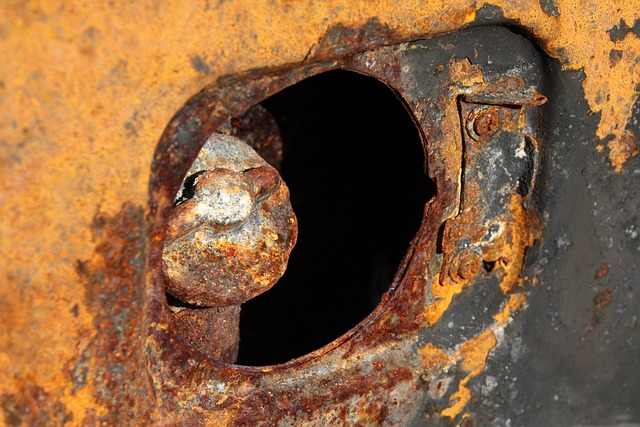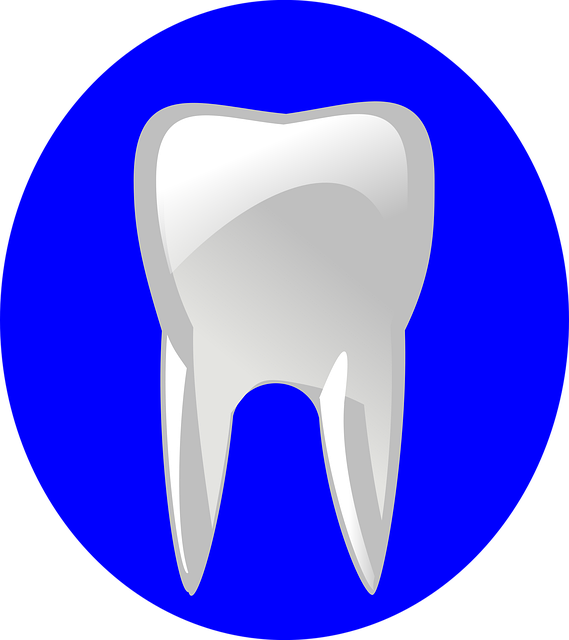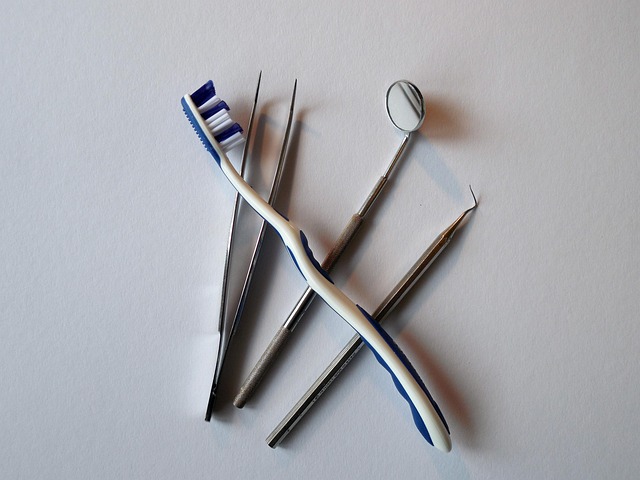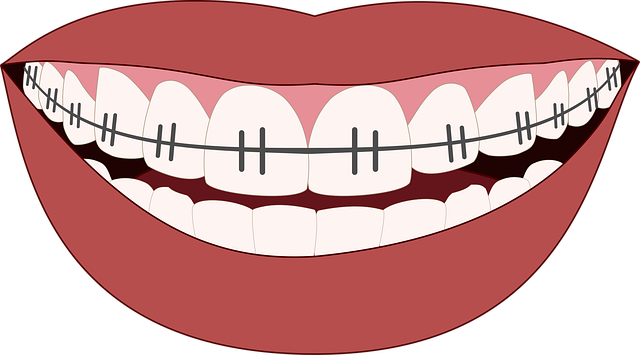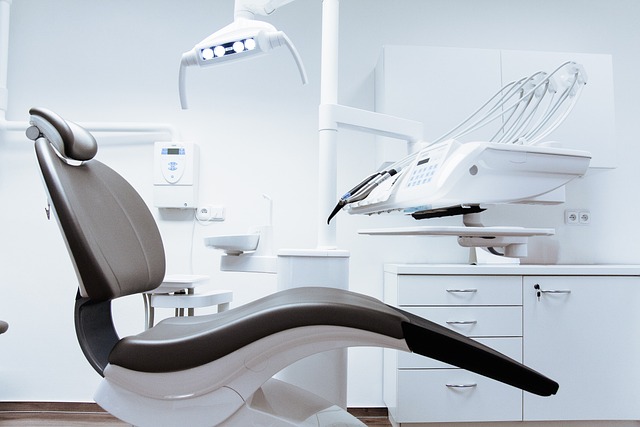Pediatric dentists consider dental X-rays essential for maintaining your child's oral health, as they reveal hidden issues like cavities and infections. Regular X-rays monitor baby teeth development and guide treatments such as fillings or whitening. Various types of safe and quick X-ray procedures, including panoramic, periapical, and intraoral, are used to detect alignment problems and track jaw growth. Modern equipment minimizes radiation exposure, making X-rays secure for children. These images play a crucial role in proactive pediatric dental care, ensuring proper tooth growth and effective treatment planning.
Kids, curious about their dental check-ups, often wonder why taking X-rays is essential. This article aims to demystify dental X-rays for young minds! We’ll guide you through the process, explaining what they are and how they help pediatric dentists. From identifying hidden teeth to spotting cavities, understand the different types of X-ray images and why safety measures are in place. By the end, parents and kids alike will feel more at ease during these crucial dental exams.
- Why Do Pediatric Dentists Recommend Dental X-rays?
- What Are Dental X-rays and How Do They Work?
- Understanding the Different Types of Dental X-rays
- Safety Measures and Common Questions About Dental X-rays for Kids
Why Do Pediatric Dentists Recommend Dental X-rays?

Pediatric dentists recommend dental X-rays for several reasons. These advanced images help them see what’s happening beneath the surface of your child’s teeth and gums, where problems might hide. Just like doctors use X-rays to check bones, pediatric dentists use them to detect issues like cavities, infected teeth, or even signs of misalignment that may not be visible during a regular exam. By identifying these problems early, pediatric dentists can provide the most effective treatments, ensuring your child’s teeth stay strong and healthy.
Moreover, dental X-rays are crucial for monitoring the development of baby teeth and planning for future treatment, such as when it’s time to start thinking about children’s tooth fillings or even safe and appropriate teeth whitening practices for kids. Regular X-rays allow pediatric dentists to catch small problems before they become big issues, ensuring your child receives the best care possible. Remember that while X-rays use low levels of radiation, modern equipment ensures they’re safe and necessary for effective pediatric dental care.
What Are Dental X-rays and How Do They Work?
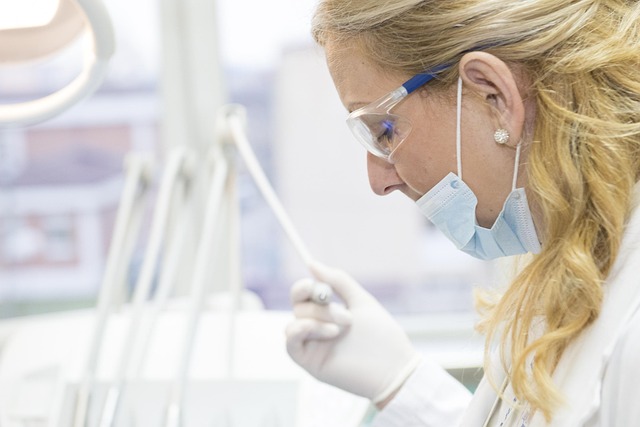
Dental X-rays are special pictures that help your pediatric dentist see inside your mouth, even in places that aren’t visible during a regular checkup. Just like how doctors use X-rays to look at broken bones, your dentist uses them to examine your teeth and gums. These images show the position of each tooth, whether there’s any decay or damage, and if all your baby teeth are coming in properly.
When you visit the best children’s dentists in town for a checkup, they might recommend taking X-rays as part of your pediatric dental care for toddlers. A small, safe machine sends a tiny beam of X-ray radiation through your mouth, capturing detailed pictures on film or creating digital images that your dentist can view immediately. It’s quick, painless, and an important tool to ensure the health of your baby teeth and guide any necessary treatment, just like baby teeth care and treatment should be part of regular pediatric dental care.
Understanding the Different Types of Dental X-rays
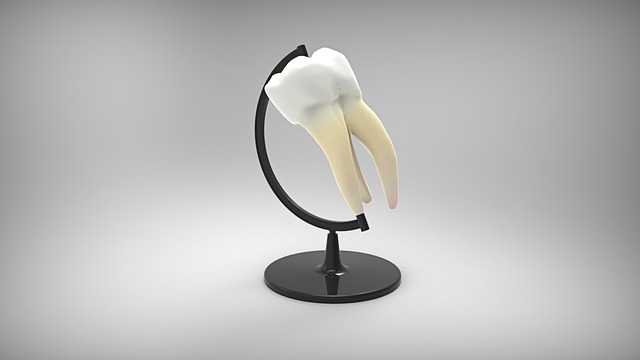
Dental X-rays come in various types, each serving a specific purpose during your visit to the pediatric dentist. One common type is the panoramic X-ray, which provides a broad view of all your teeth and the jawbones. It’s like a map of your entire mouth! This helps pediatric dentists accept new patients by allowing them to assess the alignment of your teeth and identify any potential issues early on. Another type is the periapical X-ray, focusing on just one tooth or a small area around it. These are useful for checking for cavities, infections, or any problems within individual teeth.
Different from these diagnostic X-rays, there are also intraoral X-rays that involve placing a small sensor inside your mouth to capture detailed images of specific areas. While some kids might be concerned about discomfort, pediatric dentists aim to make these procedures as quick and safe as possible. Even practices related to cosmetic dentistry, like teeth whitening safe for kids and dental sealants, often start with diagnostic X-rays to ensure the best care for young patients.
Safety Measures and Common Questions About Dental X-rays for Kids

Dental X-rays are a common procedure at the pediatric dentist’s office, but it’s natural for kids to have questions about their safety. The good news is that dental X-rays use very low levels of radiation, far below what’s harmful, making them safe for children even when performed regularly. Modern X-ray machines are designed with child-friendly features, such as comfortable positions and fun distractions, to make the experience less daunting.
Parents often wonder if X-rays are necessary at a young age since kids have baby teeth that will eventually fall out. However, pediatric dentists use X-rays not just to check for cavities but also to monitor the growth of teeth and jaw development. This early assessment helps in identifying potential issues with baby teeth care and treatment, ensuring proper alignment of permanent teeth. Plus, it’s convenient to get these checks done at a pediatric dentist near school, making it easier for both parents and kids.
Dental X-rays are a valuable tool used by pediatric dentists to get a clear view of your child’s teeth and mouth. While it may seem intimidating, this safe and quick process helps detect any hidden issues like tooth decay or infections that might not be visible during a regular check-up. Understanding why and how dental X-rays work can ease any concerns. Remember, your pediatric dentist is there to ensure your child’s oral health, and they will only recommend X-rays when necessary.
